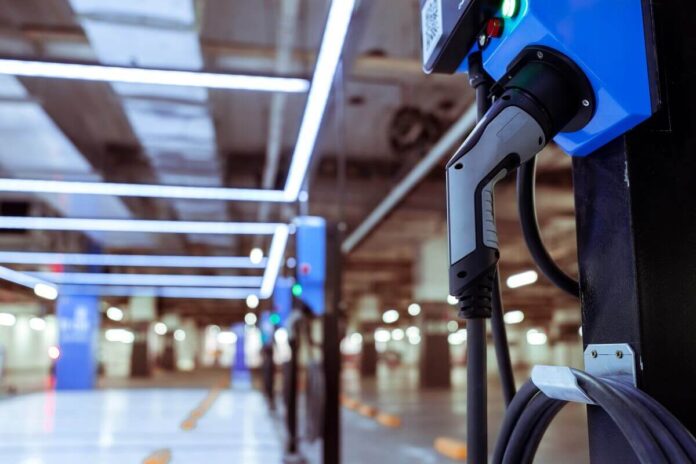As electric vehicles become increasingly popular, more people are considering switching to this eco-friendly and cost-efficient mode of transportation. Still, one of the main concerns for those interested in switching to EVs is how to charge them. With many different EV charging options, it can be challenging to figure out where to start.
This beginner’s guide will provide a comprehensive overview of electric vehicle charging, from the different charging levels to the best practices for charging your car at home and on the road.
Let’s dive in!
How Does EV Charging Work?
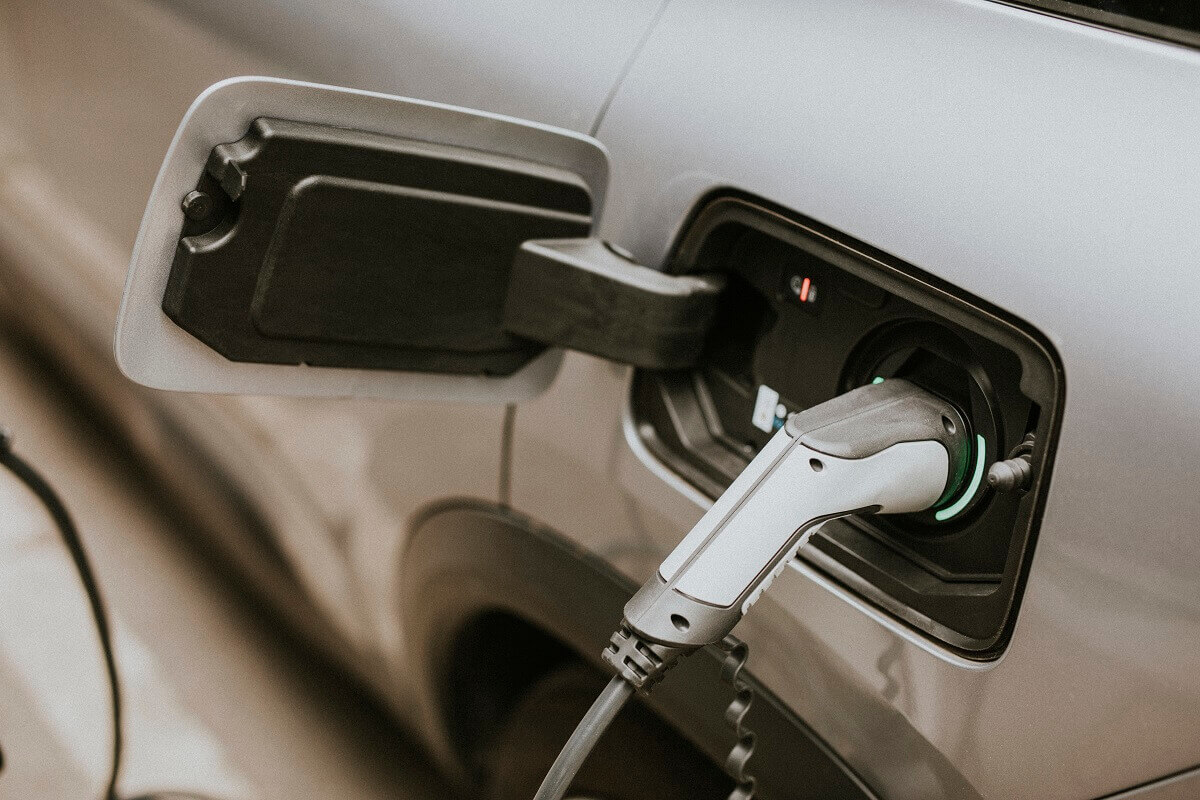
EV charging refers to the process of refilling the battery of an electric vehicle with electrical power. While non-electric vehicles have fuel tanks that you can fill up with petrol or diesel, electric cars have sockets where you can plug in a chagrin connector and power it up with electrical energy.
(EV) charging technology involves several components that transfer electrical power from a source to the EV’s battery. The essential components of EV charging technology include:
- 1. Chargers that convert AC (alternating current) power from the grid to DC (direct current) power that is used to recharge the EV’s battery.
- 2. Charging Stations, or physical locations where the charging process occurs, consist of a charger and a connector that connects the charger to the vehicle.
- 3. Connectors: A cable or wireless connection enables the power transfer between the charger and the vehicle.
- 4. Battery Management Systems: The battery is the most expensive and essential component of an EV. Its performance depends on several factors, such as temperature, state of charge, and the rate of charging or discharging. The BMS optimizes the battery’s performance and safety by monitoring and controlling these factors.
- 5. Communication systems that enable the charger and vehicle to communicate to ensure safe and efficient charging.
As the EV industry grows, governments and private companies are investing in charging infrastructure to support the transition to a cleaner mode of transportation. Keep on reading to find out about different charging levels, what is two way charging, and more!
Different Types of EV Charging
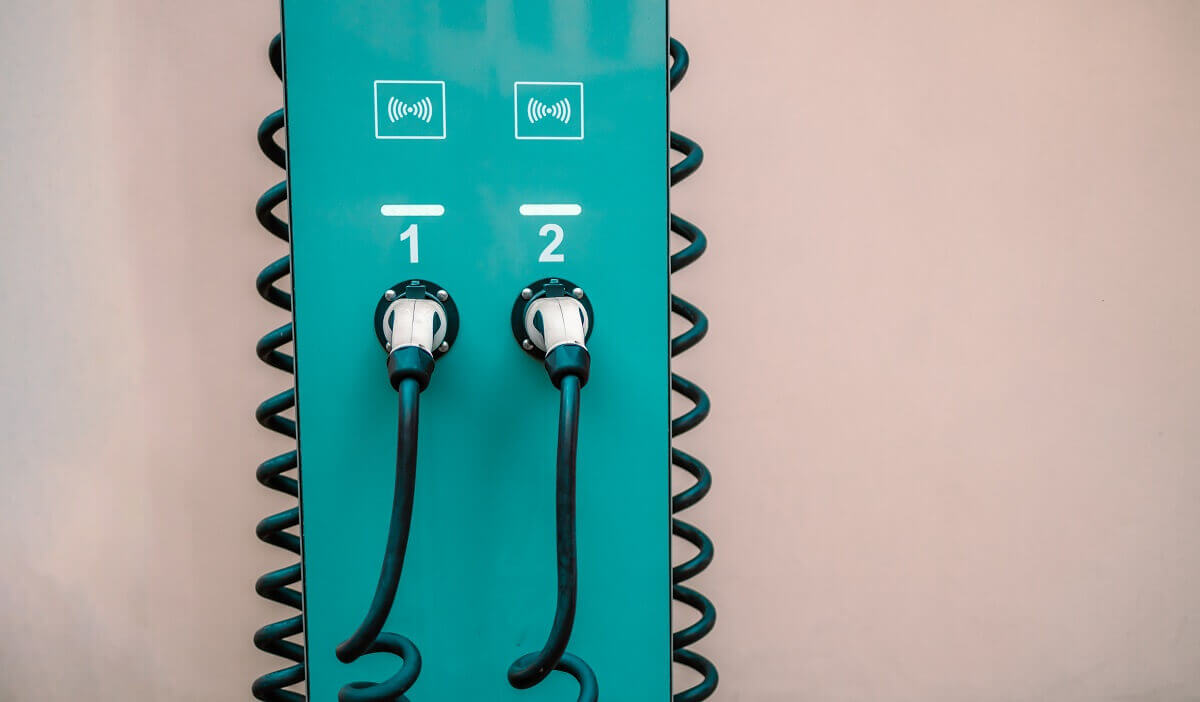
There are several ways to charge an electric car, including:
1. Level 1 Charging
Level 1 is the simplest but slowest EV charging method. It involves plugging the car into a standard 120-volt household electrical outlet using the charging cable that comes with the vehicle. Level 1 charging provides an average charging rate of 3-5 miles of range per hour of charging, which means that it can take up to 24 hours to fully charge an empty battery, depending on the capacity of the battery.
Level 1 charging is suitable for EV owners who have access to an electrical outlet near their parking spot or garage and don’t go on frequent long-distance car rides. It’s also a good backup charging option when other options are unavailable. While it is the slowest form of EV charging, it is also the most affordable, as it requires no additional equipment or installation costs beyond the charging cable that comes with the car.
2. Level 2 Charging
Level 2 charging is a faster and more convenient method of charging EVs. It requires a dedicated 240-volt electrical circuit and a specialized charging unit installed at home or a public charging station. Level 2 charging can provide an average charging rate of 10-30 miles of range per hour.
Level 2 charging is ideal for EV owners who need to charge their vehicles quickly, frequently travel long distances, or have a lengthy daily commute. It is also a great way to reduce your charging time at home or public charging stations.
Level 2 charging requires a dedicated electrical circuit and specialized equipment installed by professionals.
3. Fast Charging
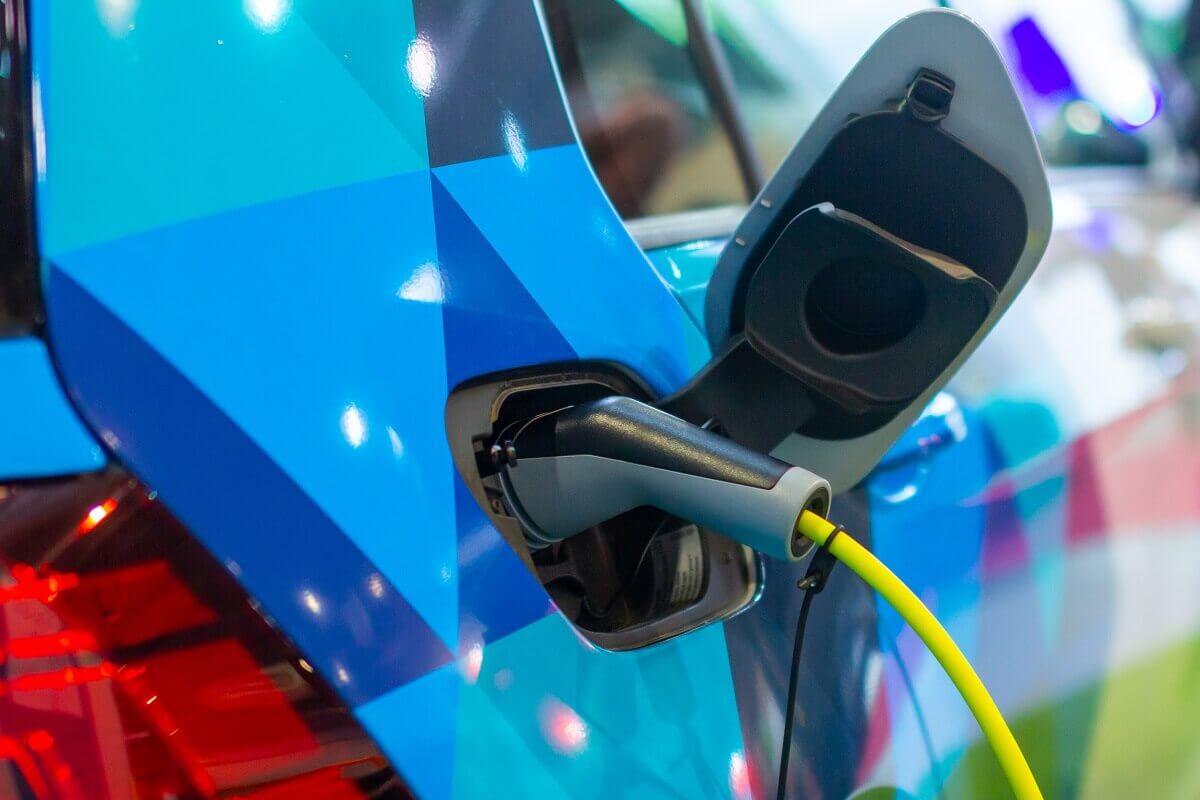
Fast charging provides a significantly faster charging speed than level 1 and level 2. Depending on the battery, fast charging can fill an EV up to 80% capacity in 30-45 minutes or less.
You can access fast charging only at some public charging stations, as it requires a specialized direct current (DC) charging unit that typically can not be installed in residential settings. This technology enables fast charging to bypass the vehicle’s onboard charging system and deliver DC power directly to the battery, allowing a faster charging rate.
Fast charging is a convenient option for EV owners who need to quickly recharge their vehicles. However, frequent use of fast charging can impact the battery’s lifespan, so it is best to use fast charging sparingly and rely on level 1 and 2 charging for everyday use.
4. Two-Way EV Charging
With two-way charging (vehicle-to-grid or V2G), the electric vehicle can take power from the grid to charge its battery and discharge power back into the grid. In traditional electric vehicle charging, power only flows from the grid into the vehicle’s battery.
This technology allows electric vehicles to function as energy storage devices, which can help balance the electrical grid by supplying power back during peak demand or when renewable energy sources are not generating enough power.
Two-way charging can also enable owners to sell excess power stored in their vehicles’ batteries back to the grid when energy prices are high and earn some extra money.
However, implementing two-way charging requires specialized charging infrastructure and communication systems between the grid and electric vehicles, which is still in the early stages of development in many parts of the world.
Where To Charge Your EV?
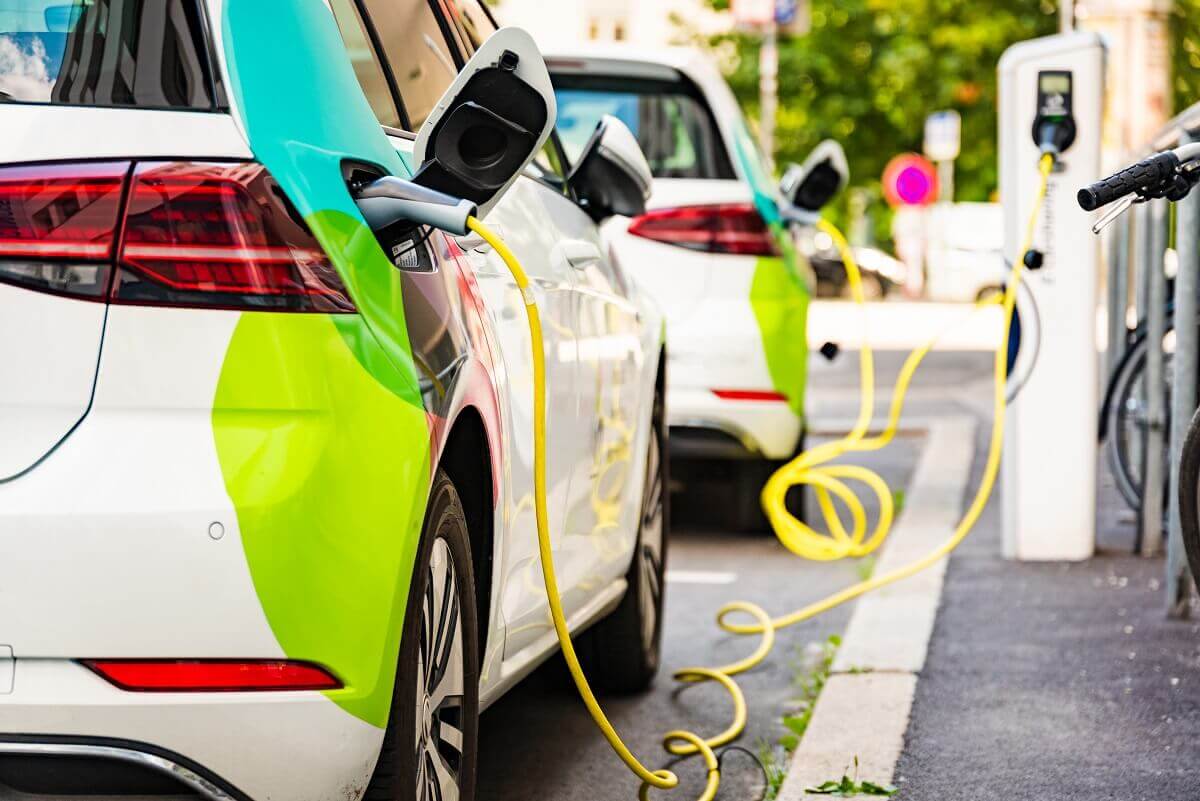
You can charge your EV at various locations, including:
1. Home
The most convenient and cost-effective way to charge an electric vehicle is at home. You can do this with a regular outlet for level 1 charging, or by installing a dedicated Level 2 charging station on your property and connecting it to your home’s electrical system.
A licensed electrician can do the job for you, typically installing a dedicated 240-volt circuit and the charging unit.
2. Public Charging Stations
You can find public charging stations in various locations, such as shopping centers, parking garages, and on-street parking spaces. Depending on the location, these charging stations may offer Level 2 or DC fast charging.
Not all charging stations are compatible with every type of electric vehicle, so check your vehicle’s compatibility with a particular charging station before attempting to use it. Additionally, some charging stations may require payment or a membership to access.
3. Workplace
Some employers offer charging stations for employees to use at work. This is especially useful for people who commute long distances, don’t have much spare time, and need to recharge their vehicles during the workday.
4. Destination Charging
You can charge your EV at hotels, restaurants, and other public destinations that offer charging stations. This is particularly useful for longer road trips or when running errands.
EV Charging Best Practices
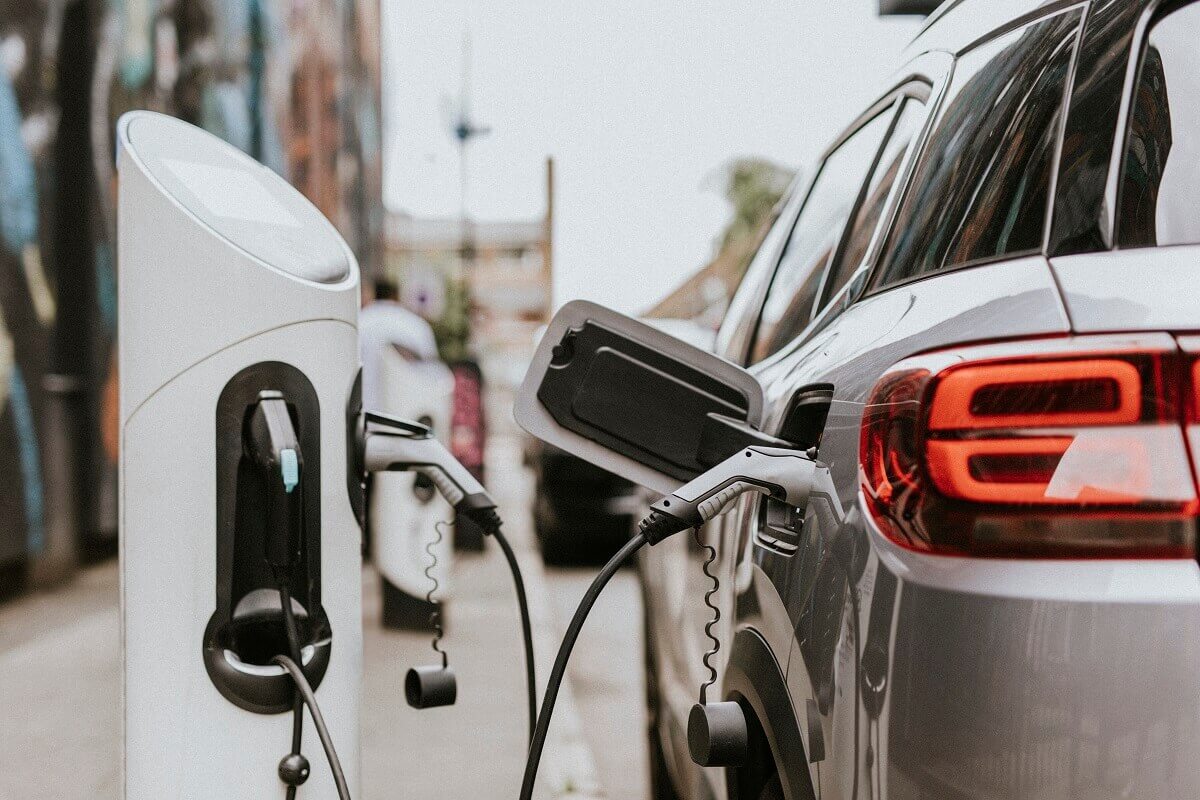
When charging at your home, ensure you install your charging station on a dedicated circuit separate from other electrical devices in your home. This will prevent circuit overload and potential damage to your electrical system. Also, consider scheduling your charging times during off-peak hours when electricity rates are lower to save money.
When charging on the road, use a mobile app or website to find charging stations along your route and plan your trip accordingly. Before you arrive at a charging station, check its availability to ensure it’s not out of service or already in use.
Enjoy The Growing Availability of Electrical Charging
As you can see, there are many options for charging your EV. With the EV market’s continual growth and charging infrastructure availability, EV maintenance, including routine checks and electric car maintenance, is becoming more accessible and convenient than ever.
Whether you’re a new EV owner or considering buying an electric vehicle, we hope this guide helped you understand how charging works.
Good luck, and drive safe!


